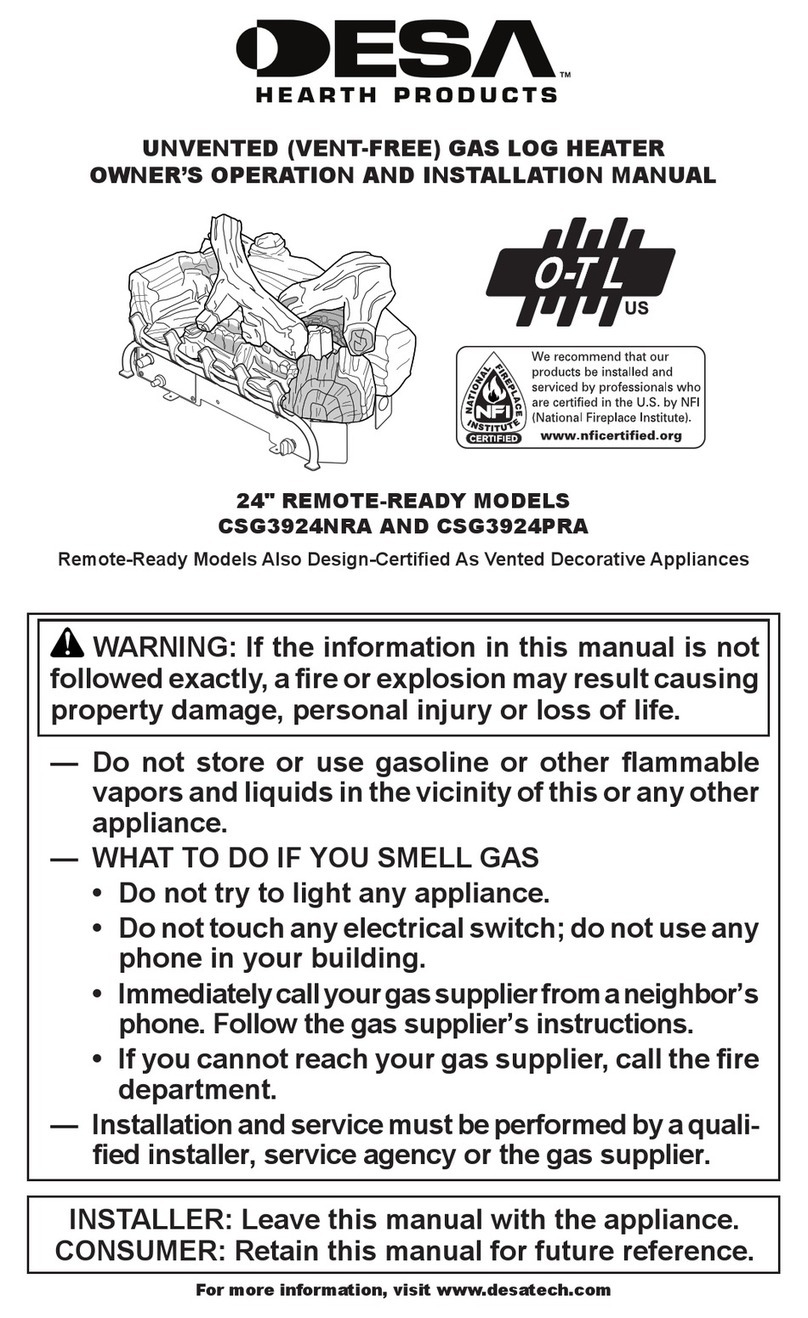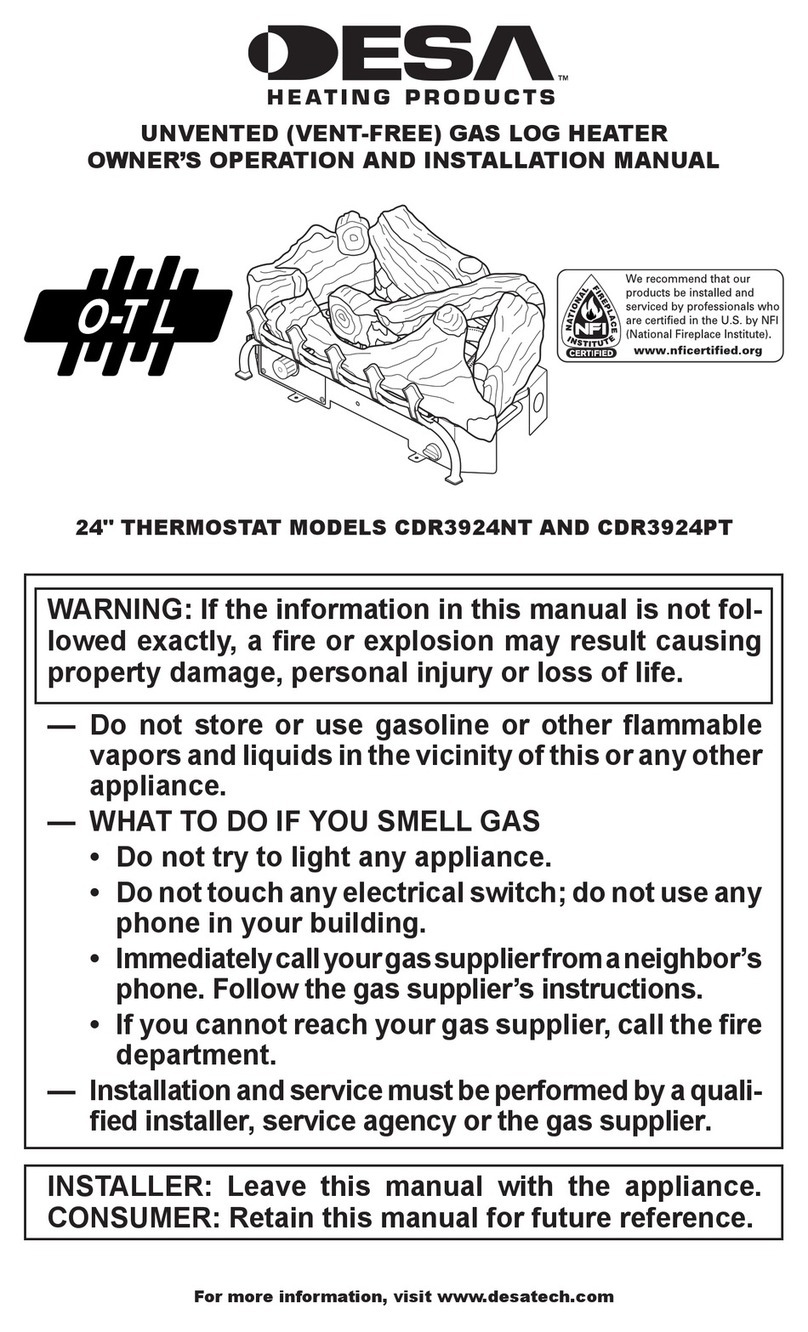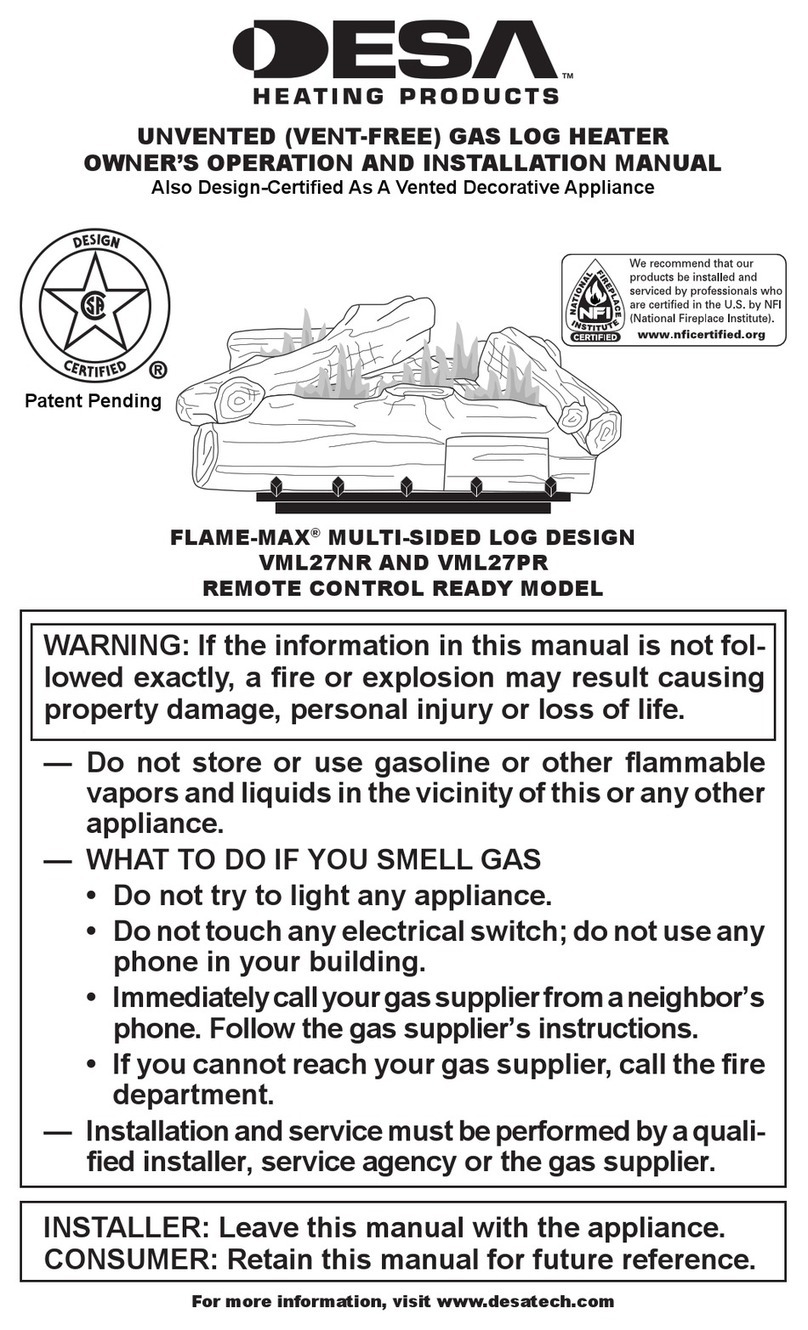Desa LDL3930NRB Operation manual
Other Desa Gas Heater manuals
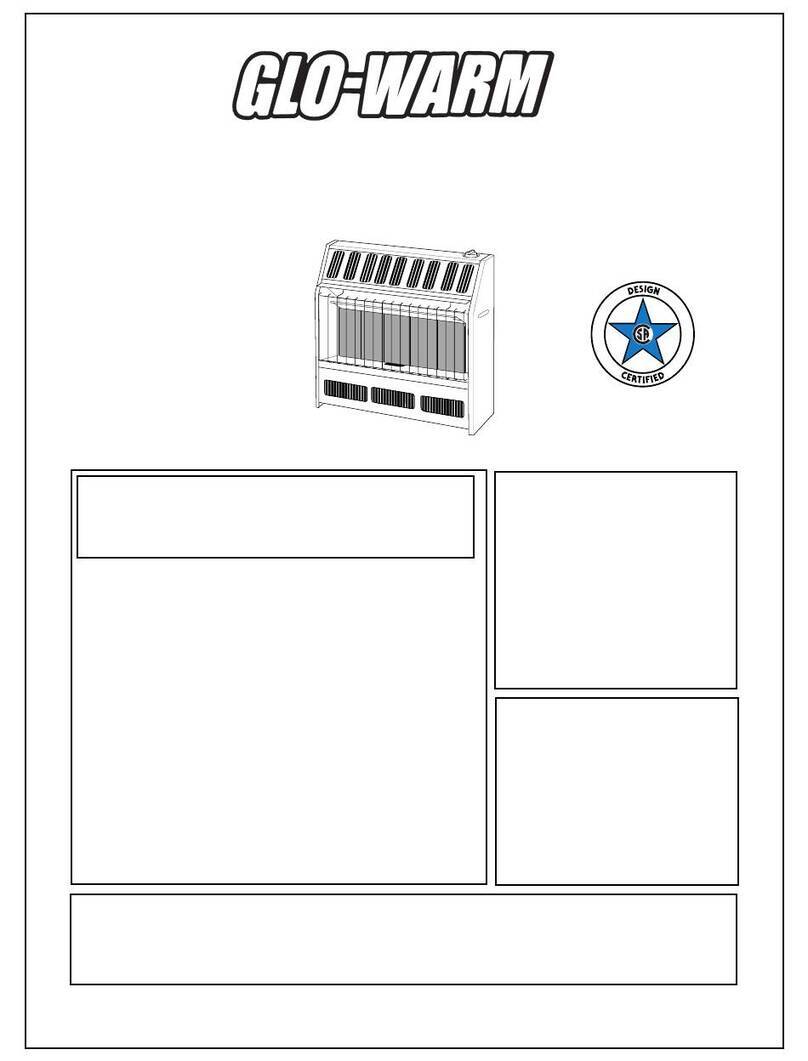
Desa
Desa Glo-Warm FB-5B Quick start guide

Desa
Desa SF20NT Original instructions
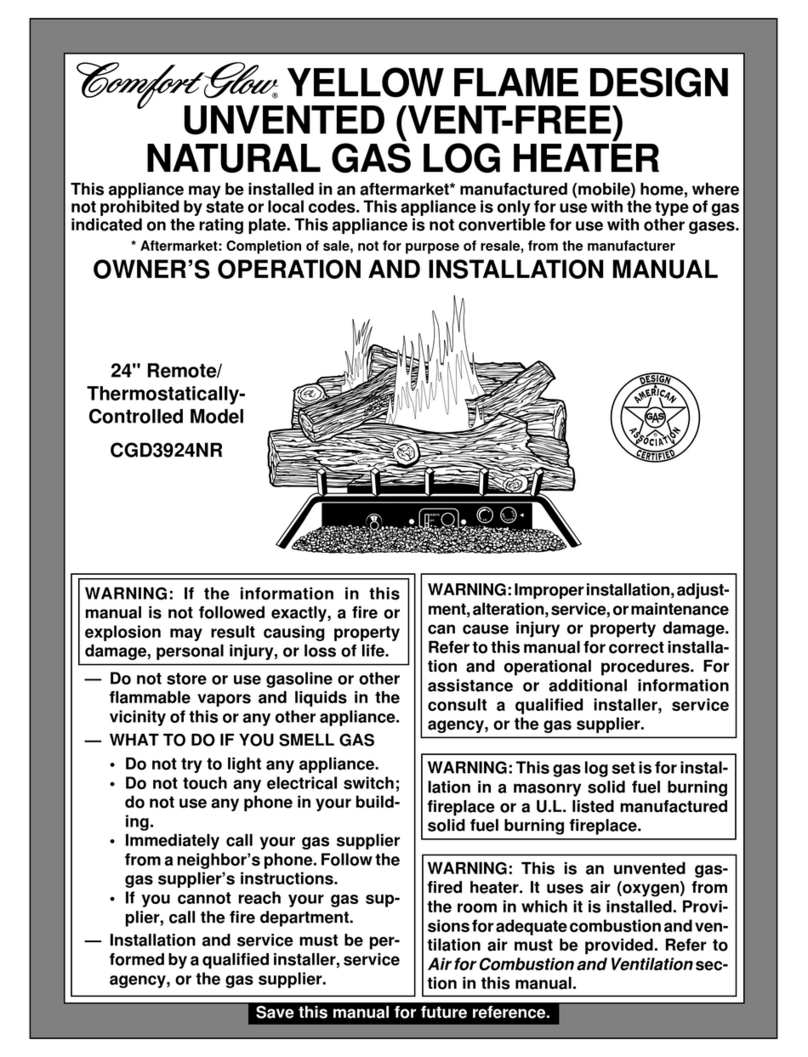
Desa
Desa Comfort Glow CGD3924NR Quick start guide

Desa
Desa SF20NTX Original instructions
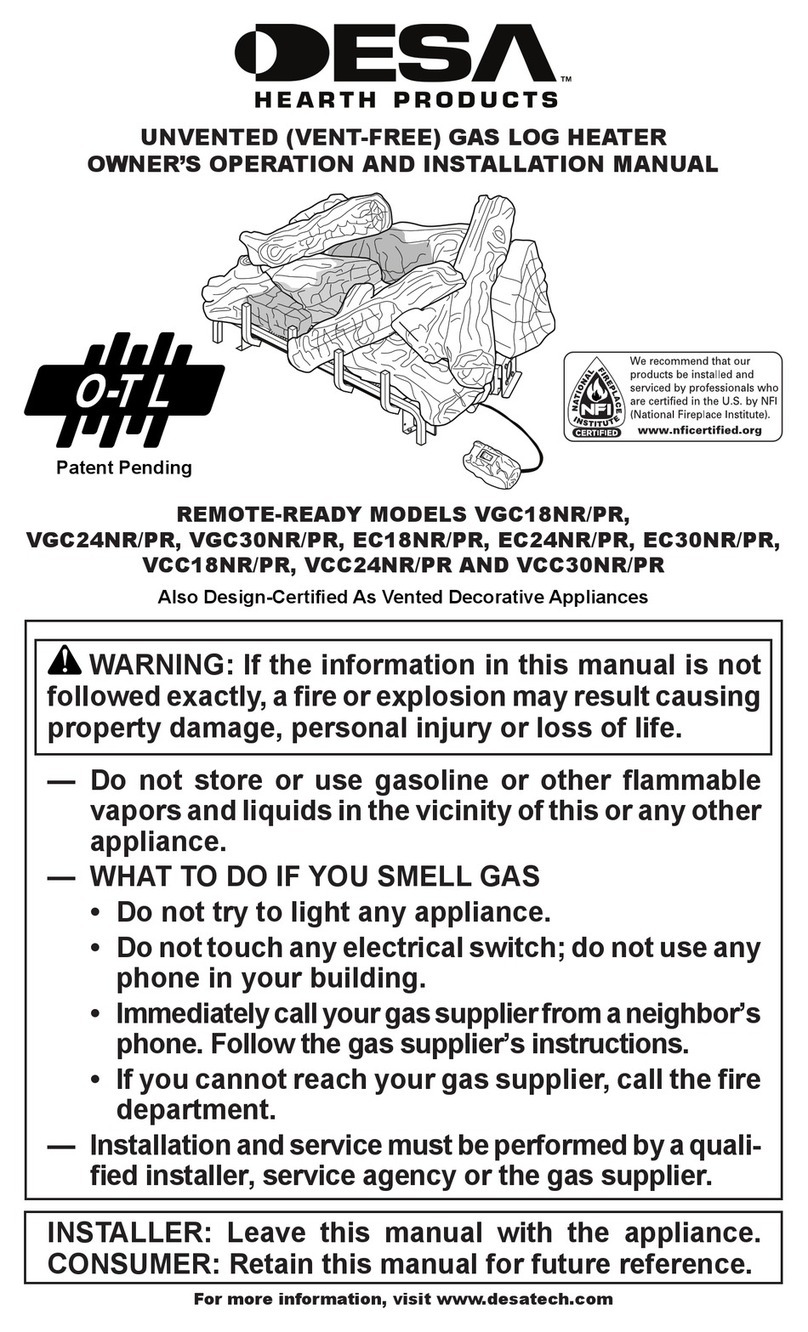
Desa
Desa VGC18NR/PR User manual
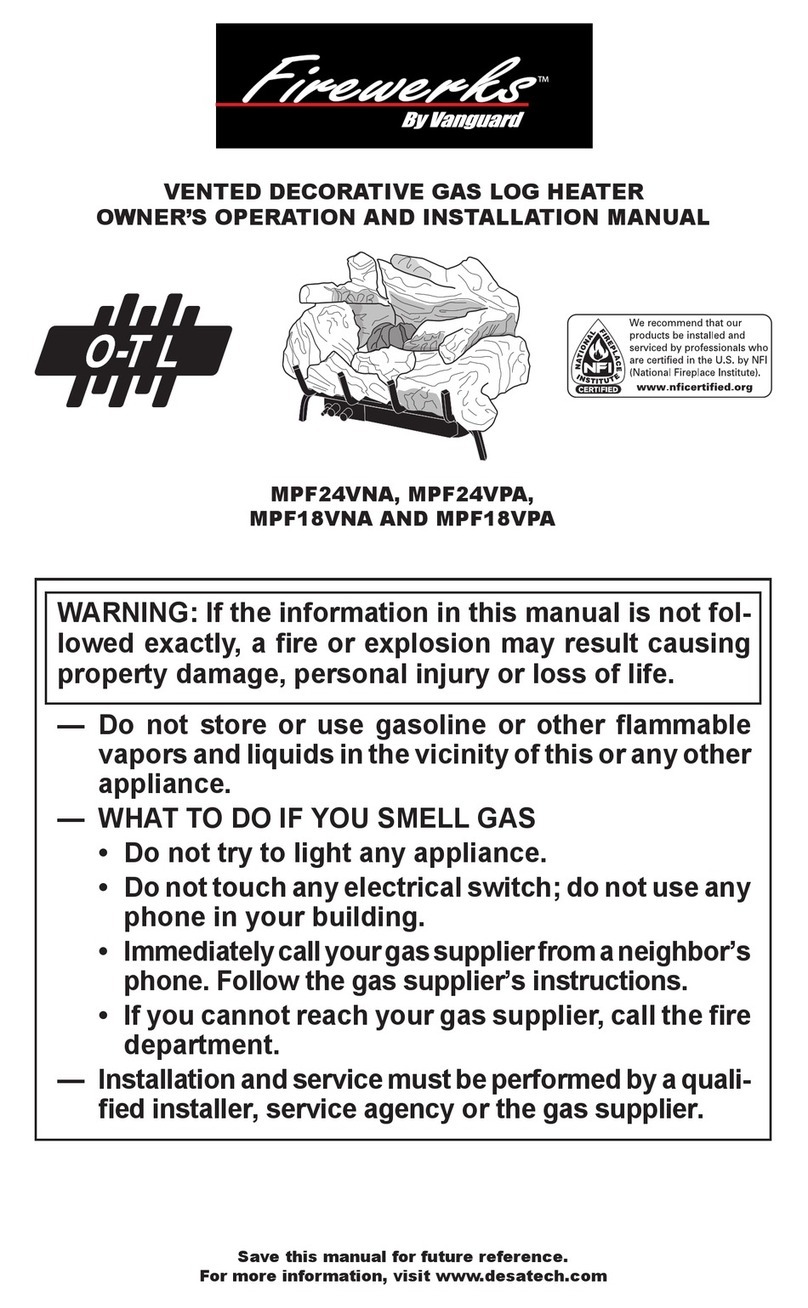
Desa
Desa Firewerks MPF18VNA Quick start guide
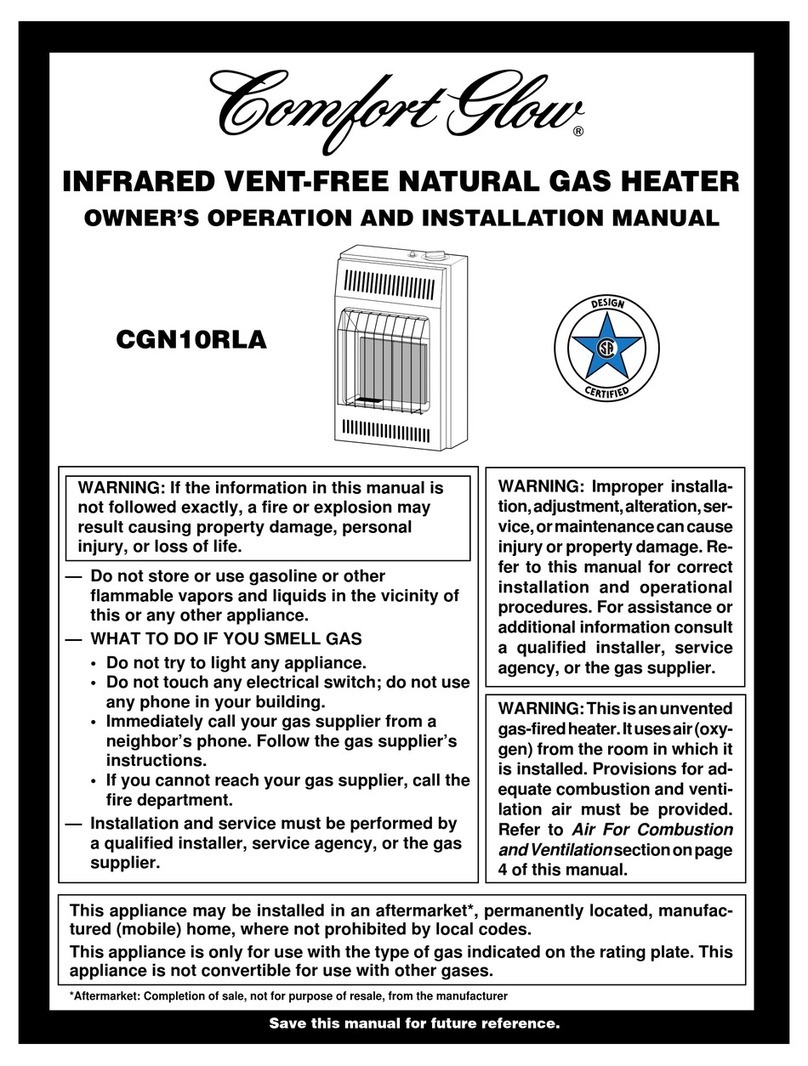
Desa
Desa Comfort Glow CGN10RLA Quick start guide
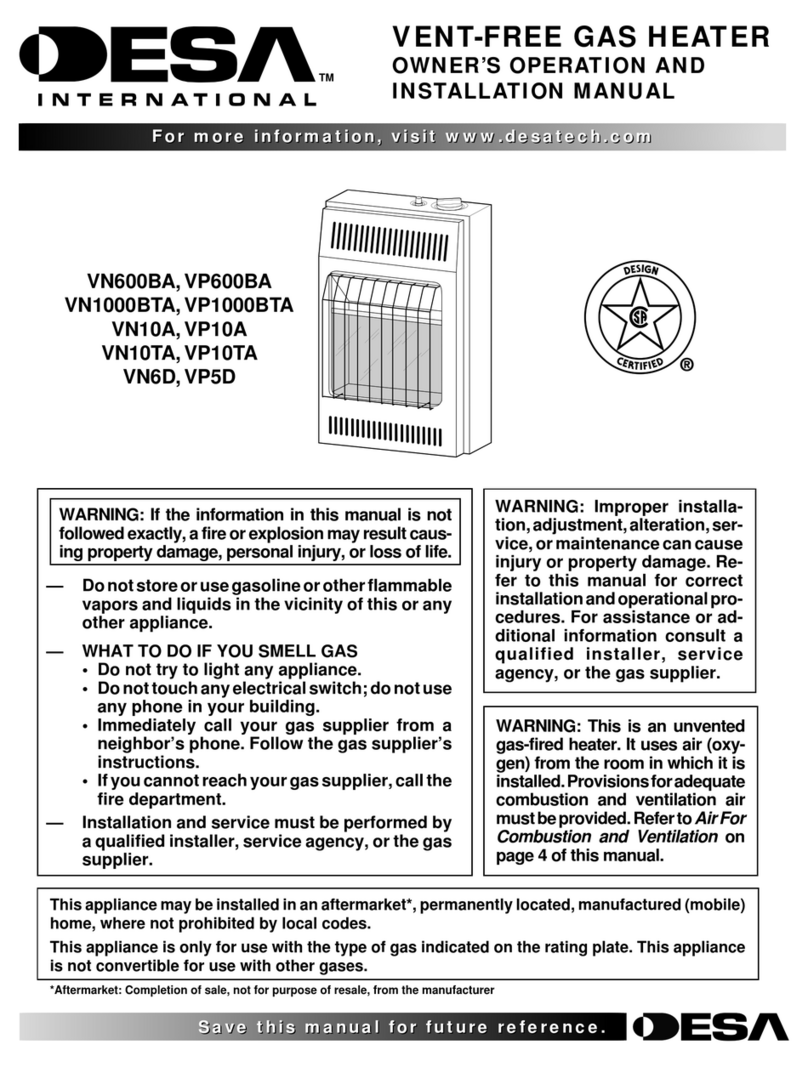
Desa
Desa VP10A VN10TA Quick start guide

Desa
Desa HDVSR78 Quick start guide
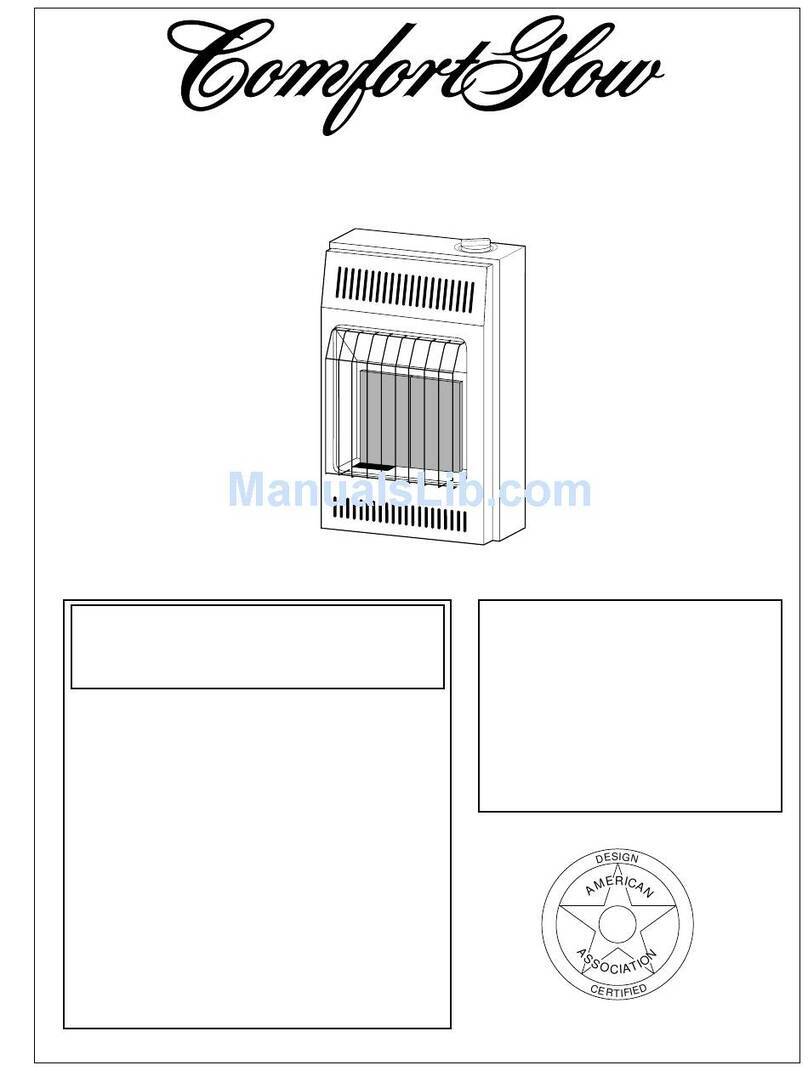
Desa
Desa Comfort Glow CGP11 Quick start guide
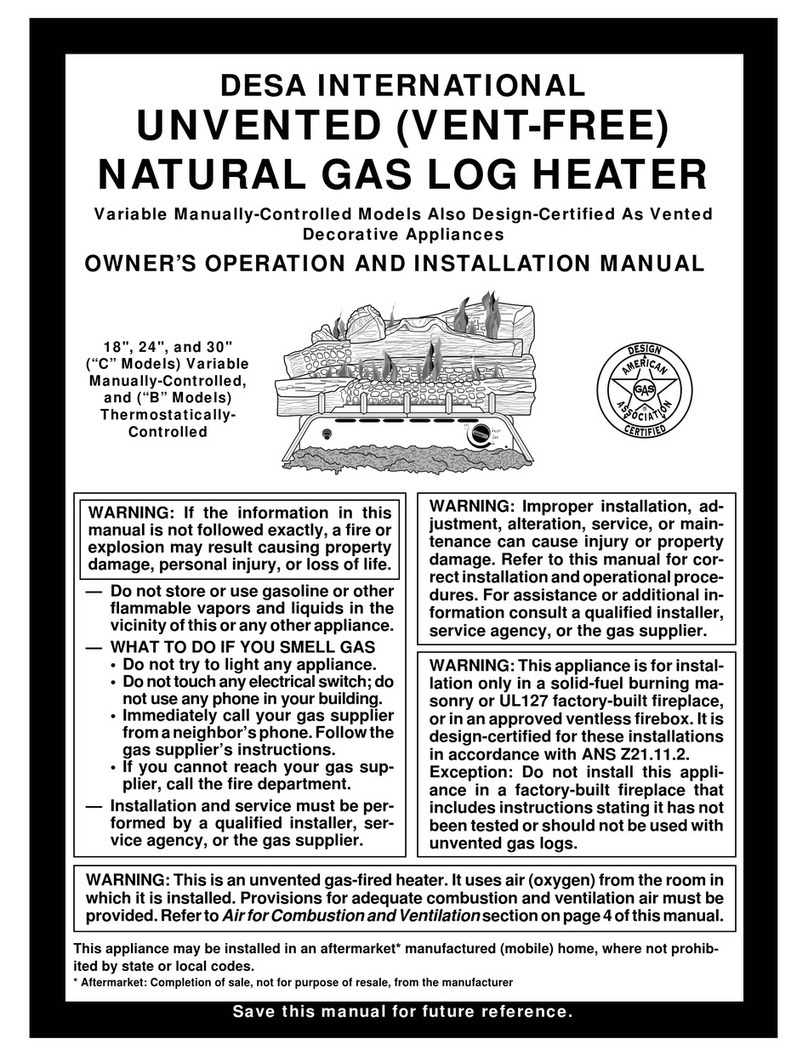
Desa
Desa B) Quick start guide
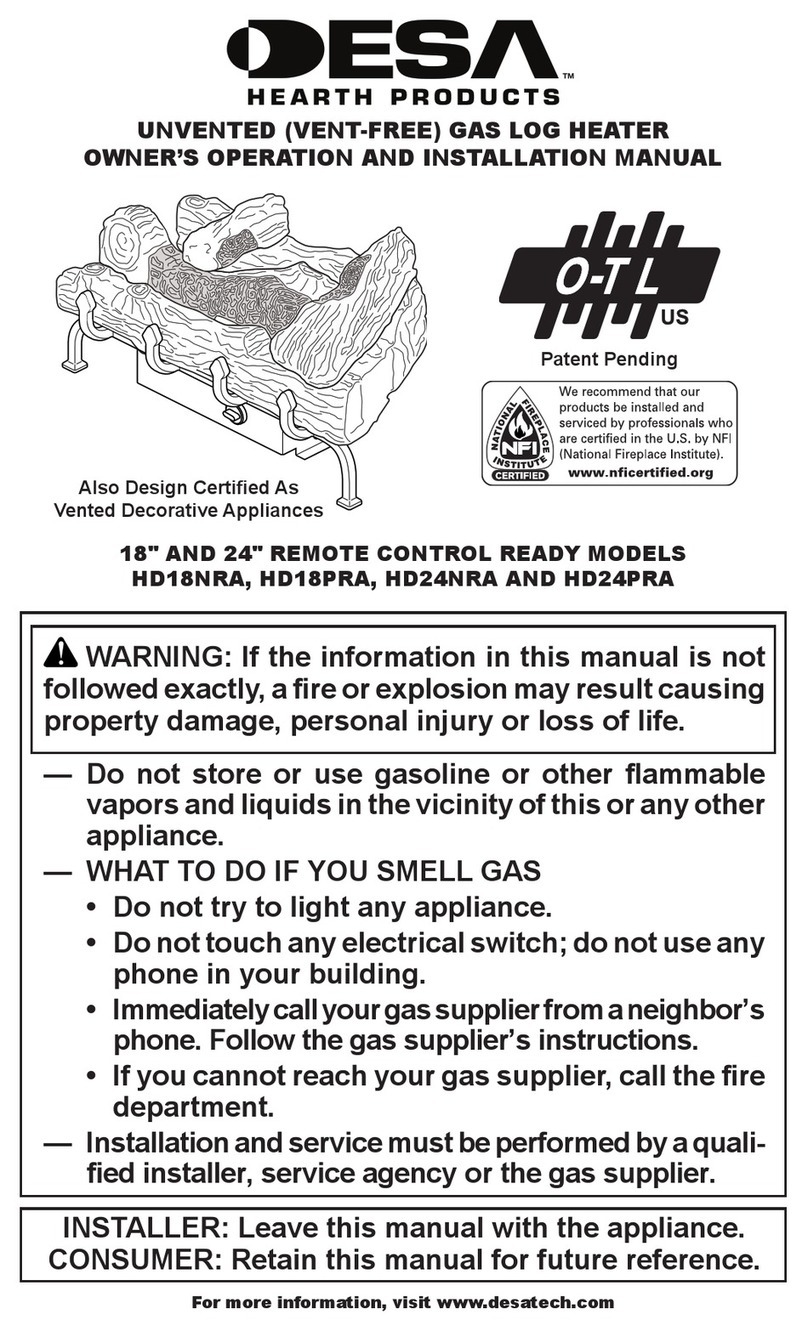
Desa
Desa HD18NRA Quick start guide
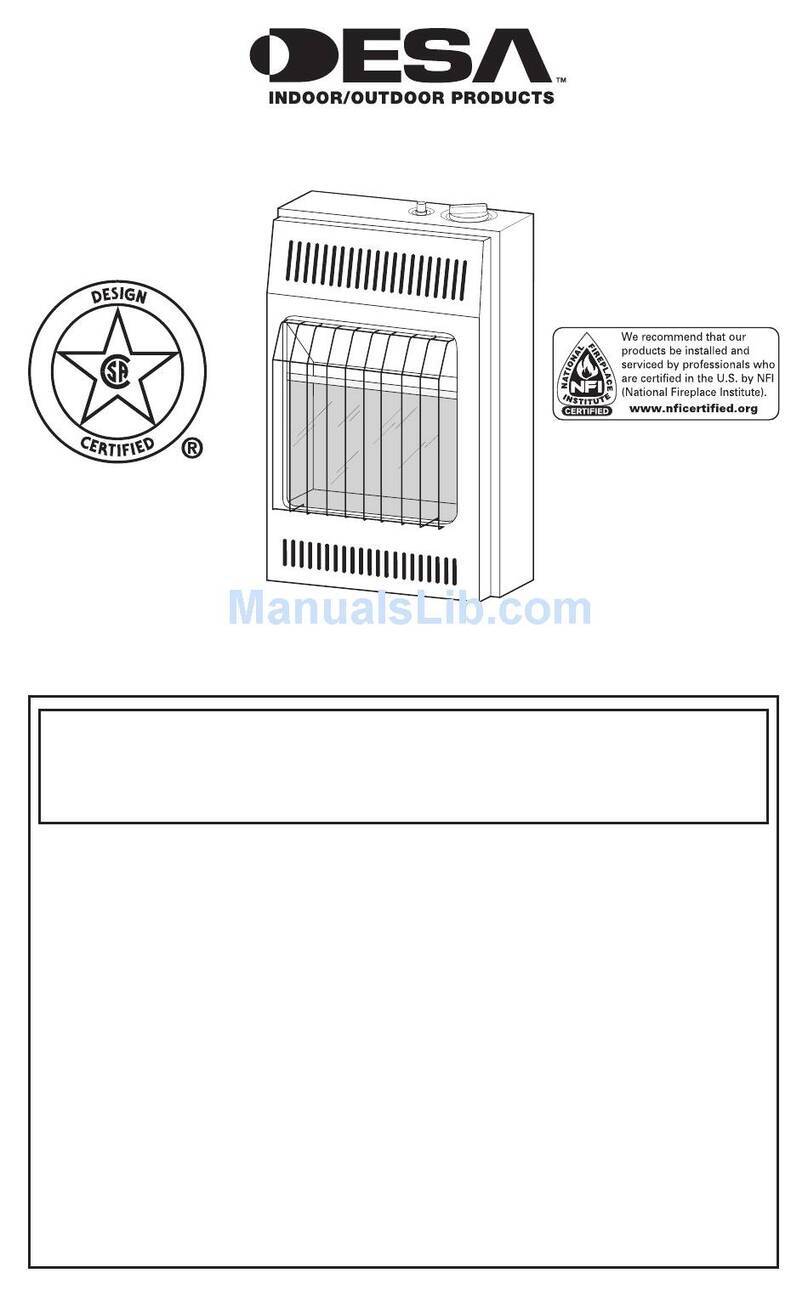
Desa
Desa GWP10 GWN10T User manual

Desa
Desa Comfort Glow CGB3930NRA Quick start guide

Desa
Desa CRB3624NR Quick start guide
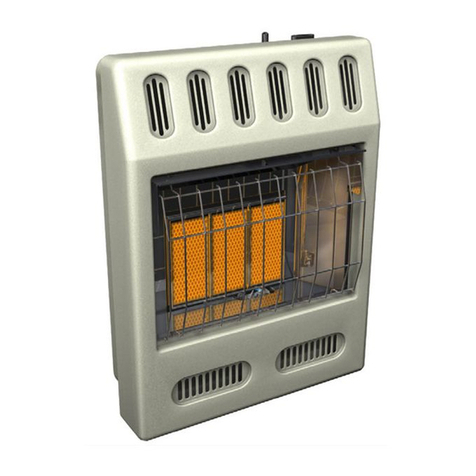
Desa
Desa HDR16PT Original instructions
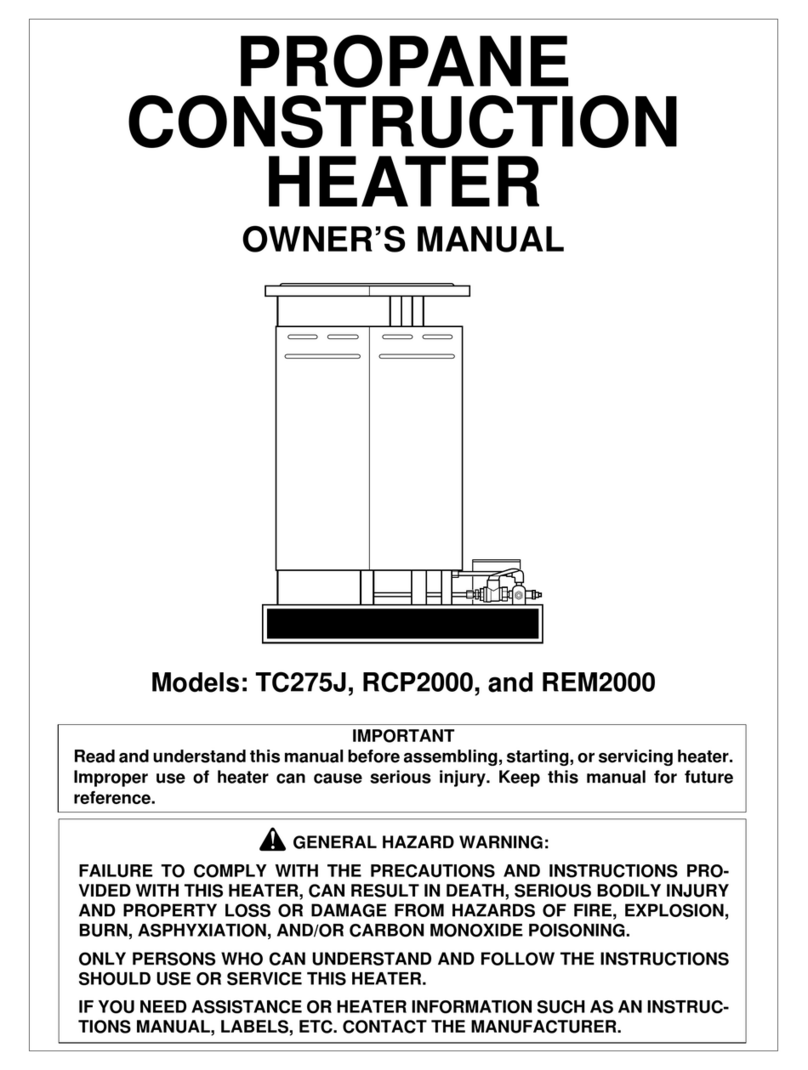
Desa
Desa RCP2000 User manual
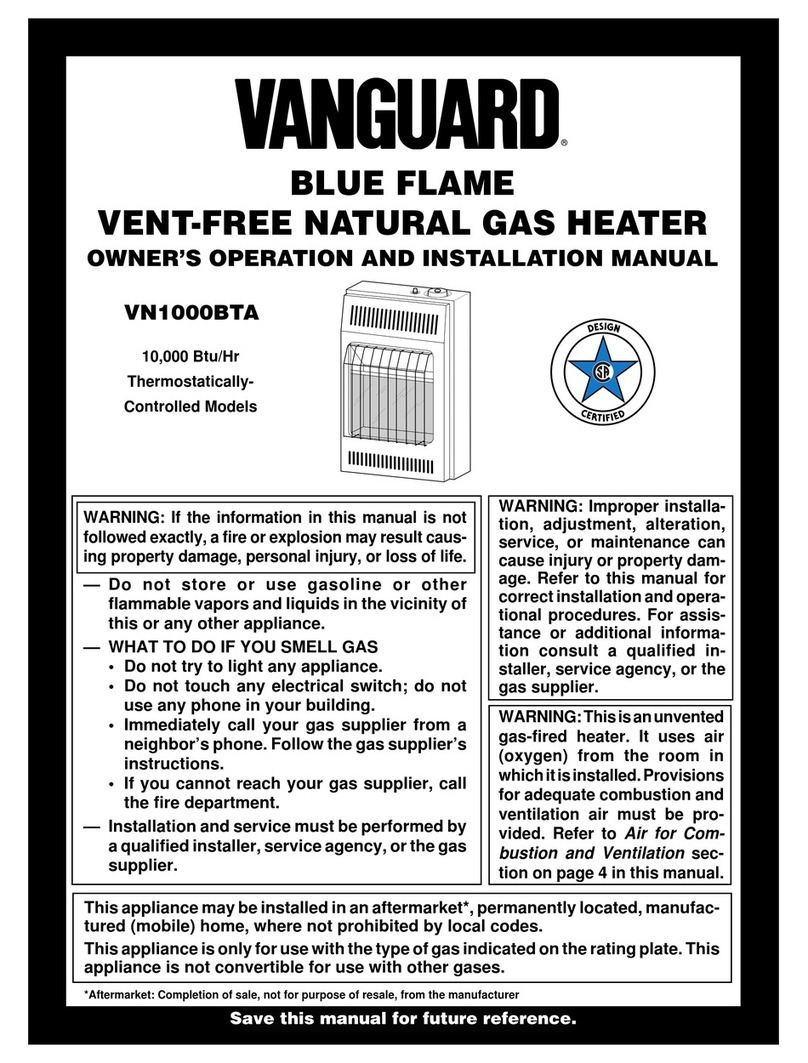
Desa
Desa VN1000BTA Quick start guide

Desa
Desa 30-FAS User manual
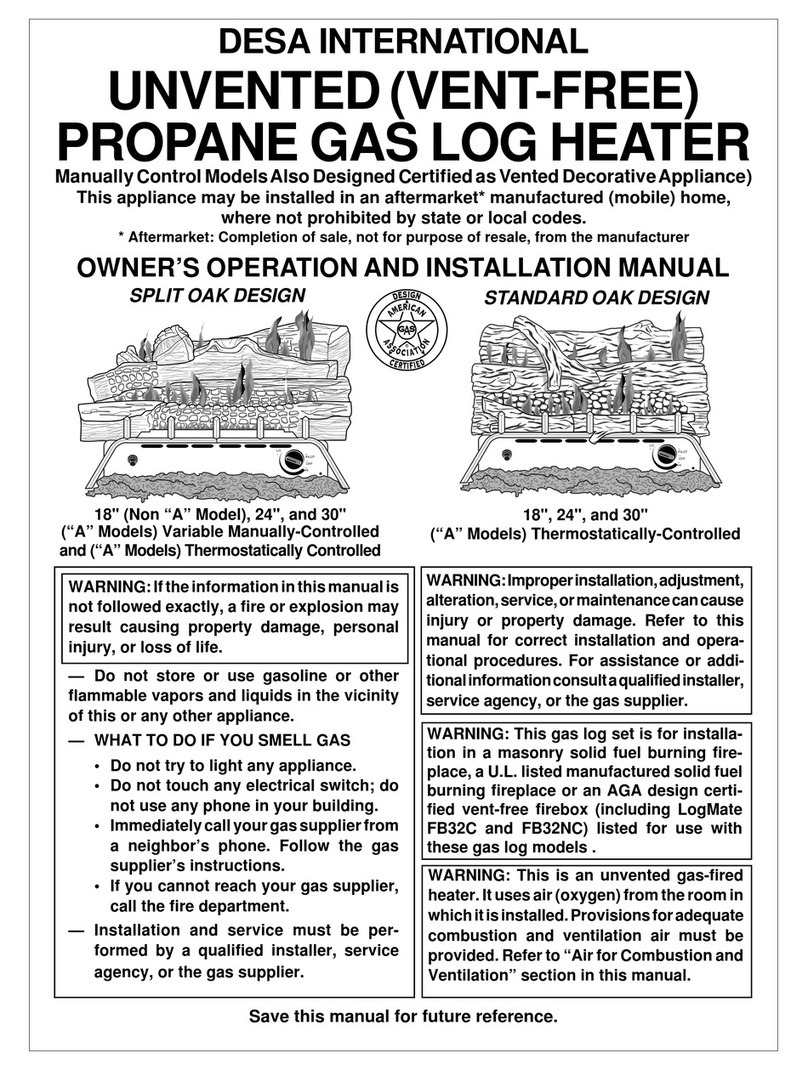
Desa
Desa CF18PV Operation manual
Popular Gas Heater manuals by other brands

Superior
Superior BGE18NV Installation and operation instructions
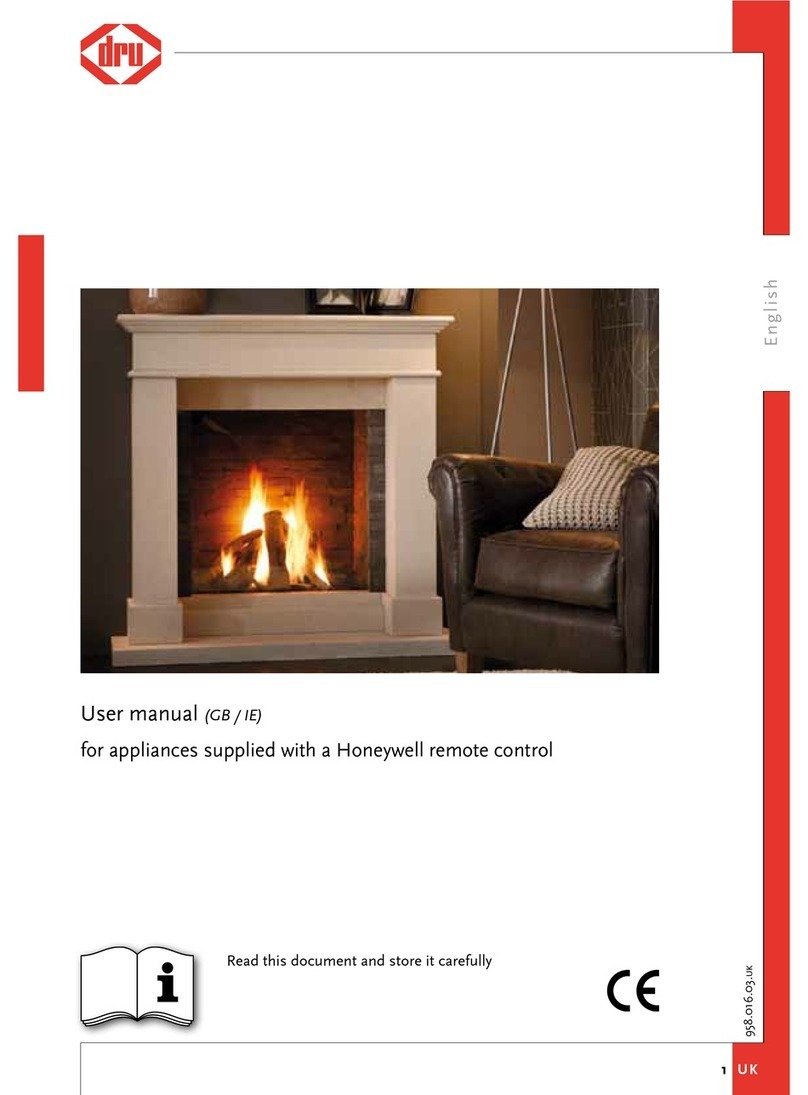
Dru
Dru Room-sealed atmospheric gas-fired heating... user manual
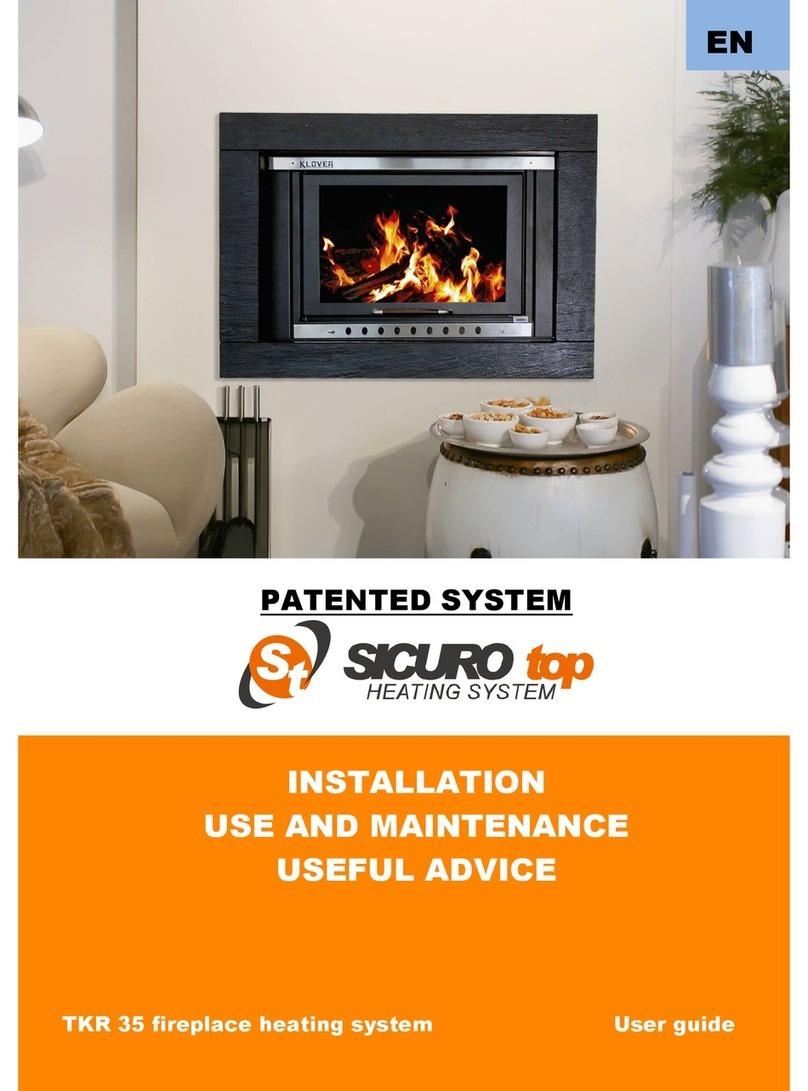
klover
klover TKR 35 user guide

Rothenberger Industrial
Rothenberger Industrial 035984 instruction manual

New Buck Corporation
New Buck Corporation 34 user manual
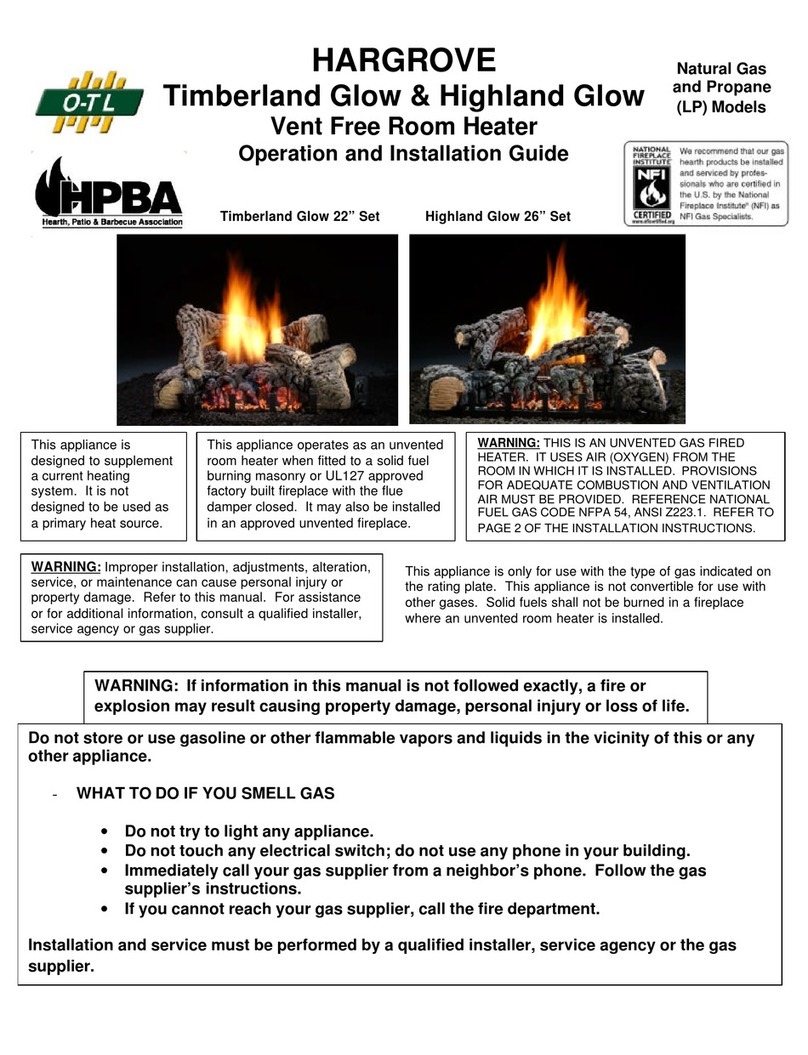
Hargrove
Hargrove Timberland Glow Operation and installation guide

Kinder
Kinder Cameo BF Installation and maintenance instructions
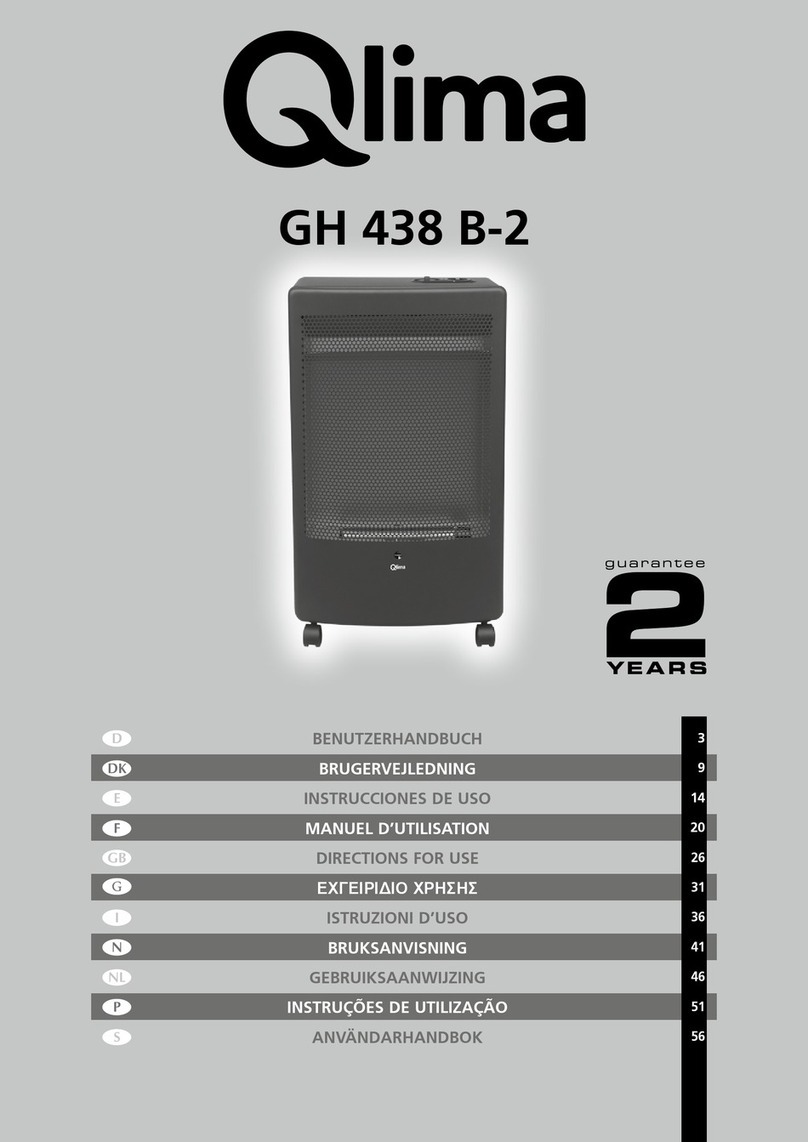
Qlima
Qlima GH 438 B-2 Directions for use
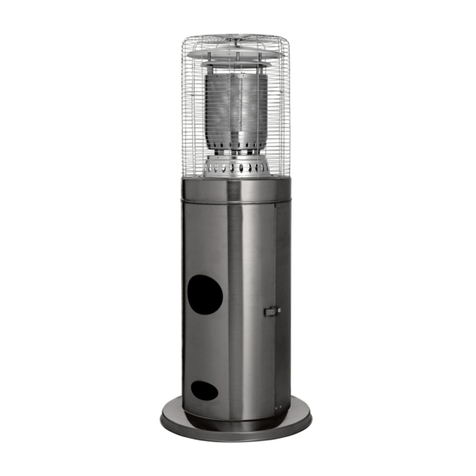
Gasmate
Gasmate AH100 Series instructions
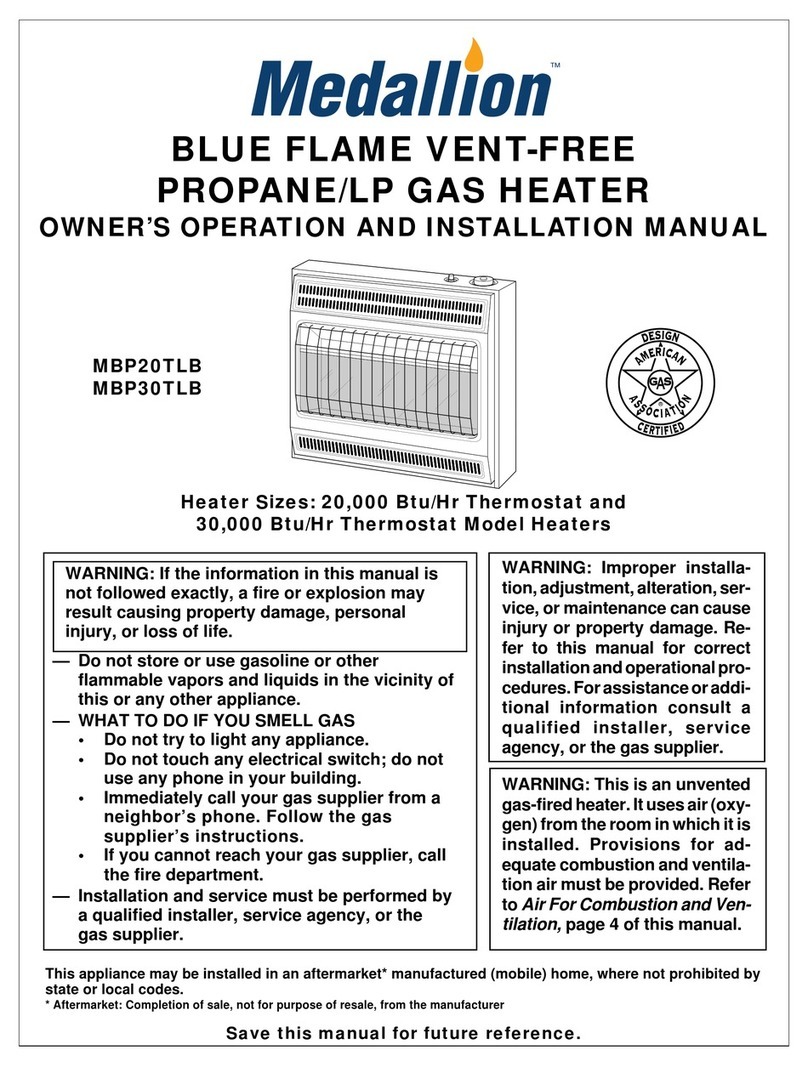
Medallion
Medallion MBP20TLB OWNER'S OPERATION AND INSTALLATION MANUAL
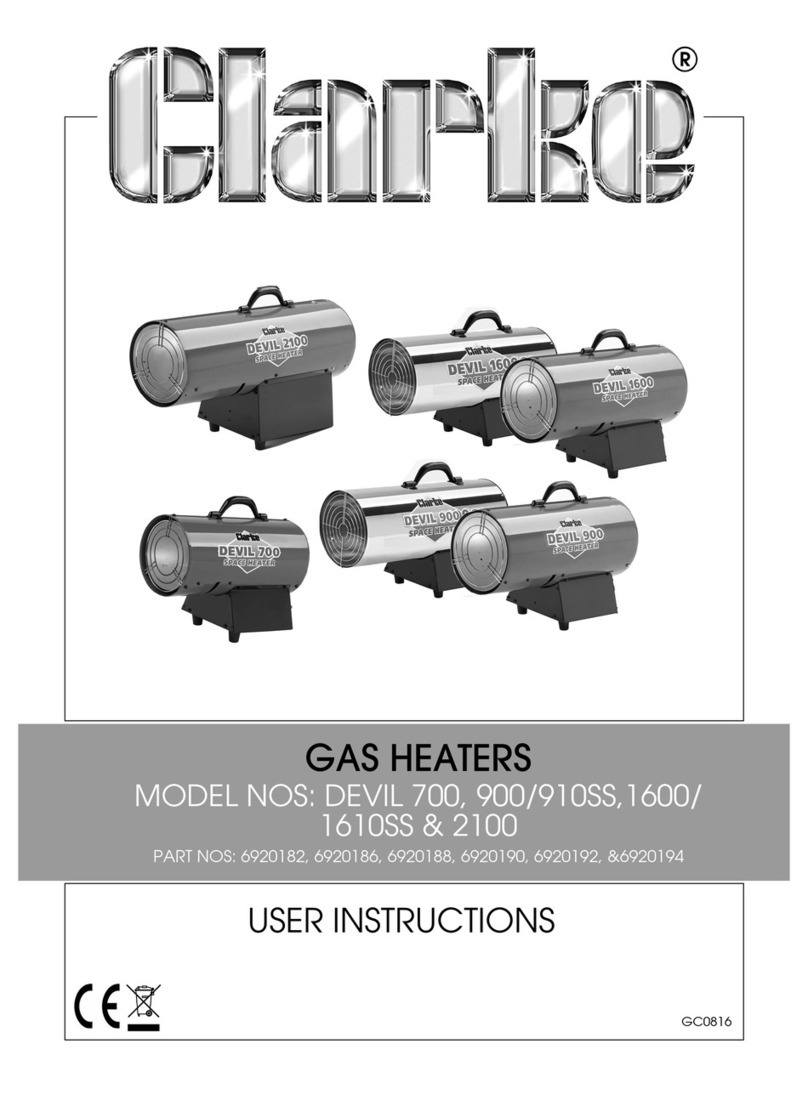
Clarke
Clarke DEVIL 910SS User instructions
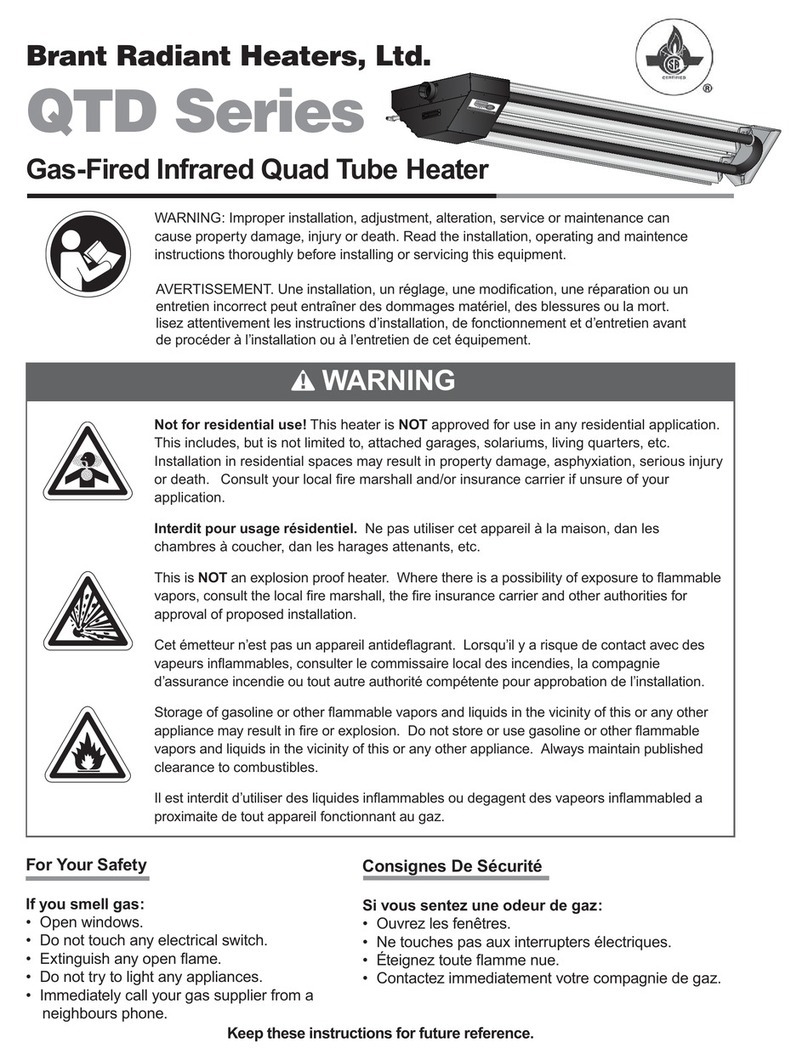
Brant Radiant Heaters
Brant Radiant Heaters QTD Series User instruction

L.B. White
L.B. White Therma Grow HW220 Owner's manual and instructions
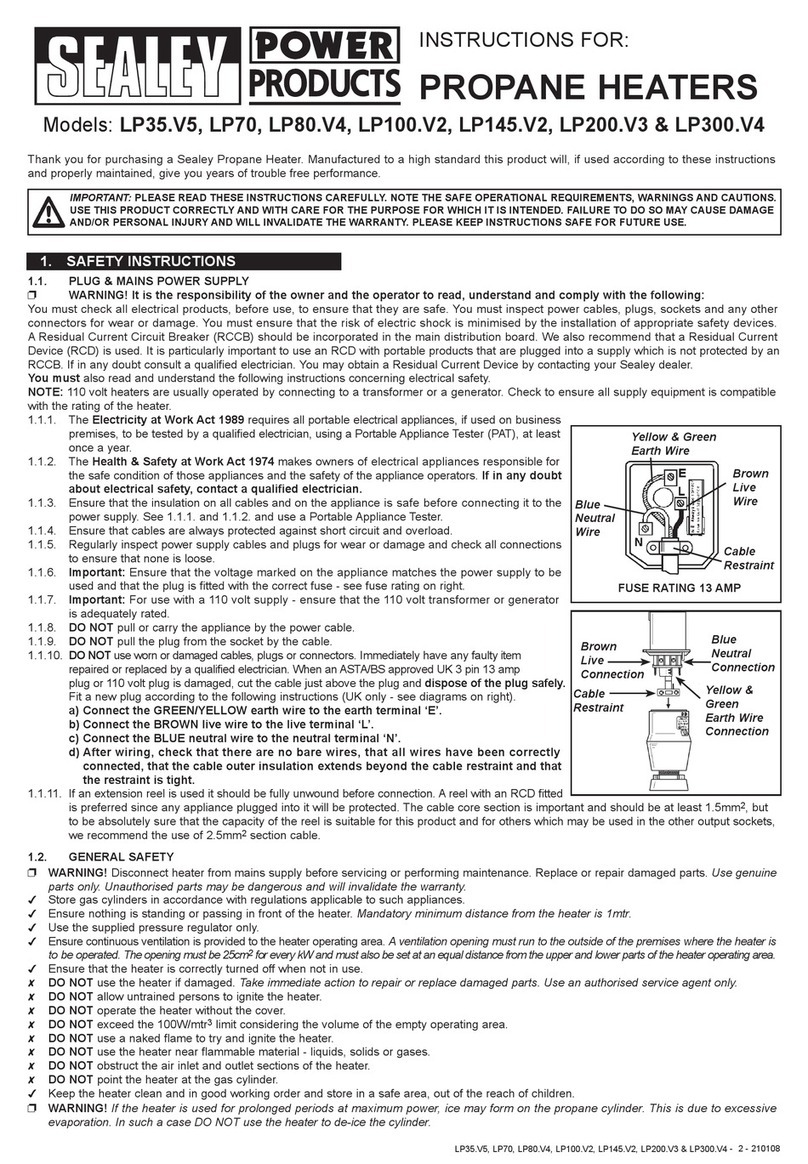
Sealey
Sealey LP35.V5 instructions
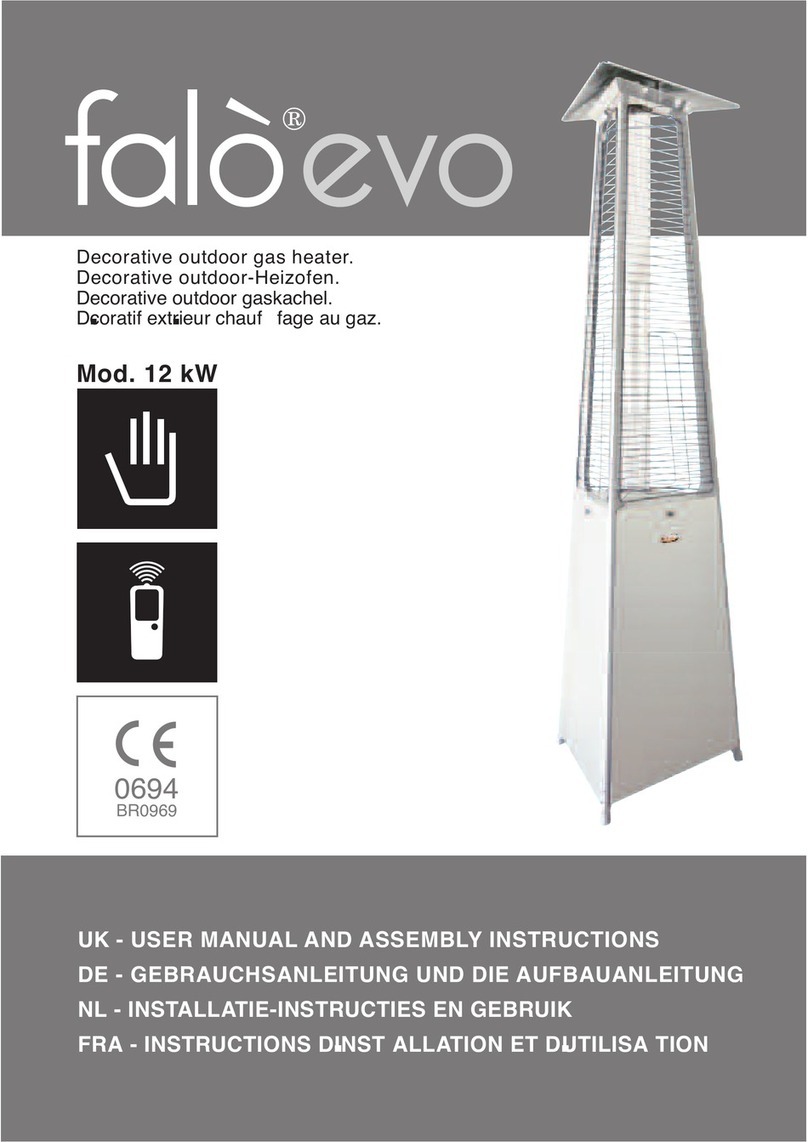
Italkero
Italkero Falo Evo User manual and assembly instructions
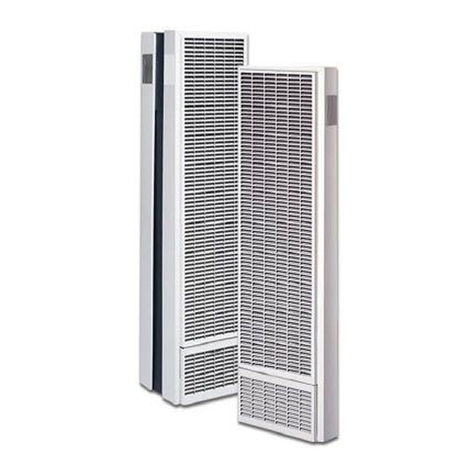
Williams
Williams 2509822A owner's manual

Romotop
Romotop Heckla 1301 Installation, operator and maintenance manual

Stanley
Stanley ST-11T-CPH-E User's manual and operating instructions
